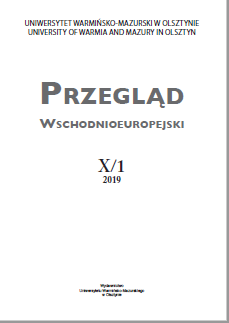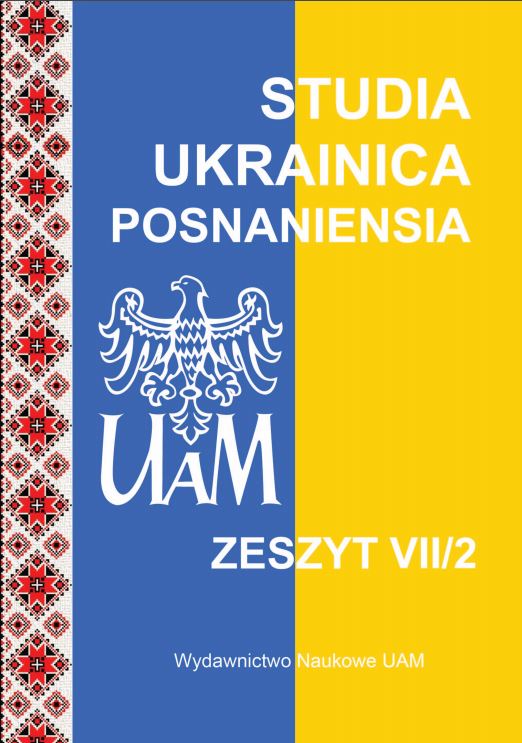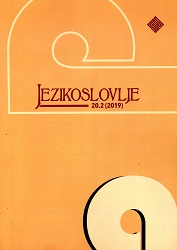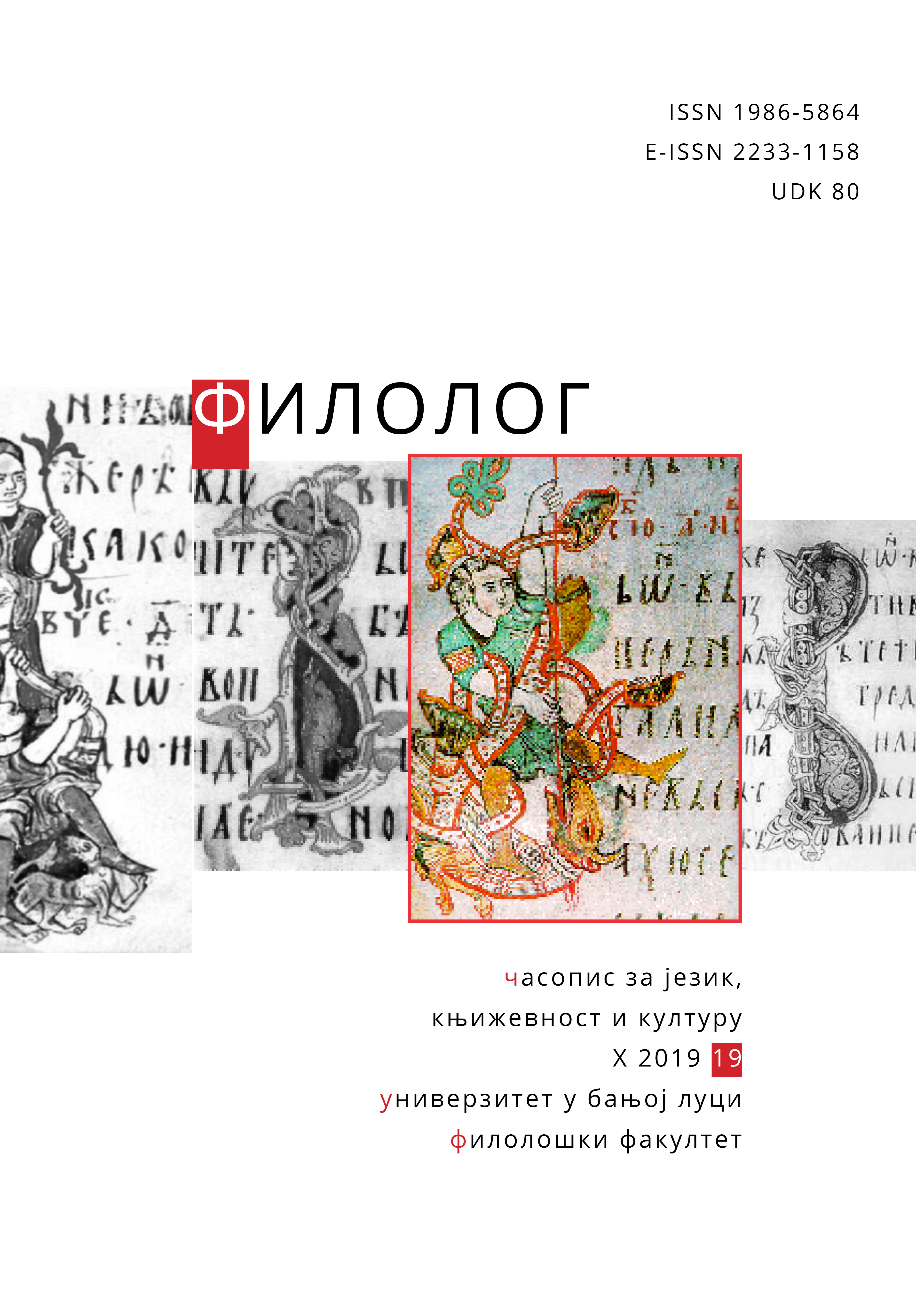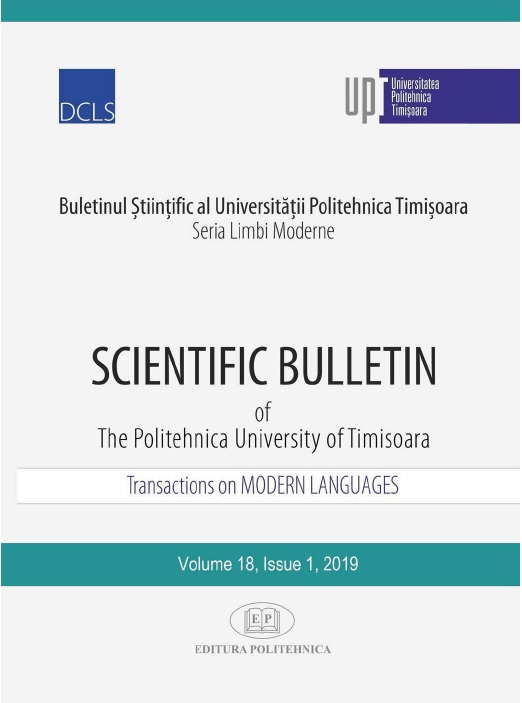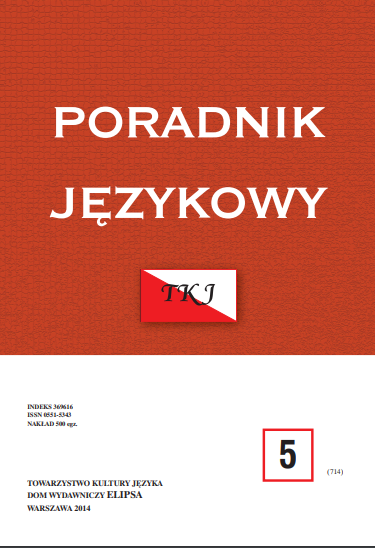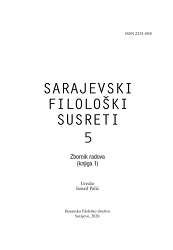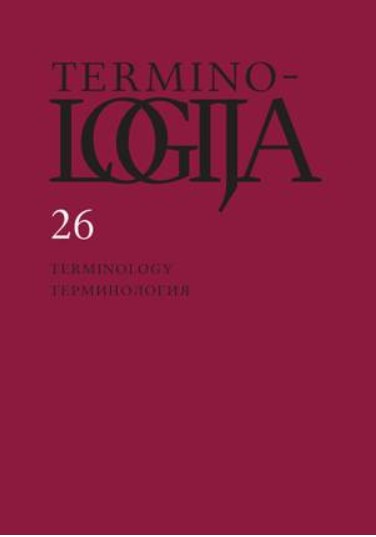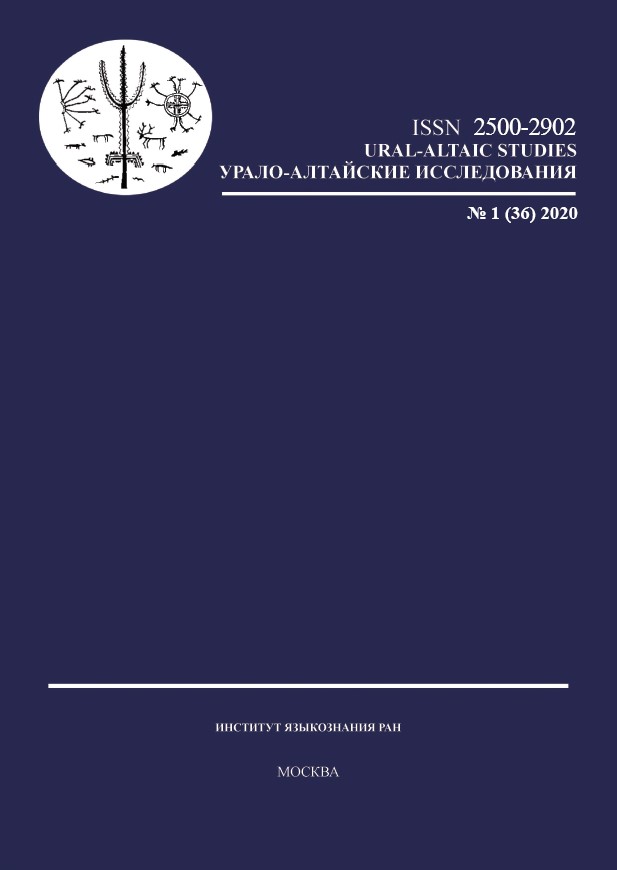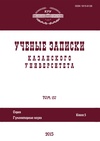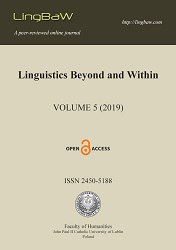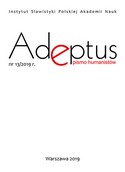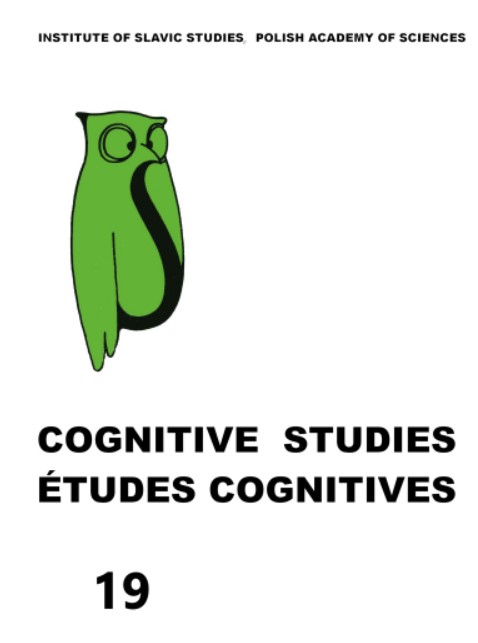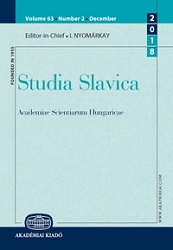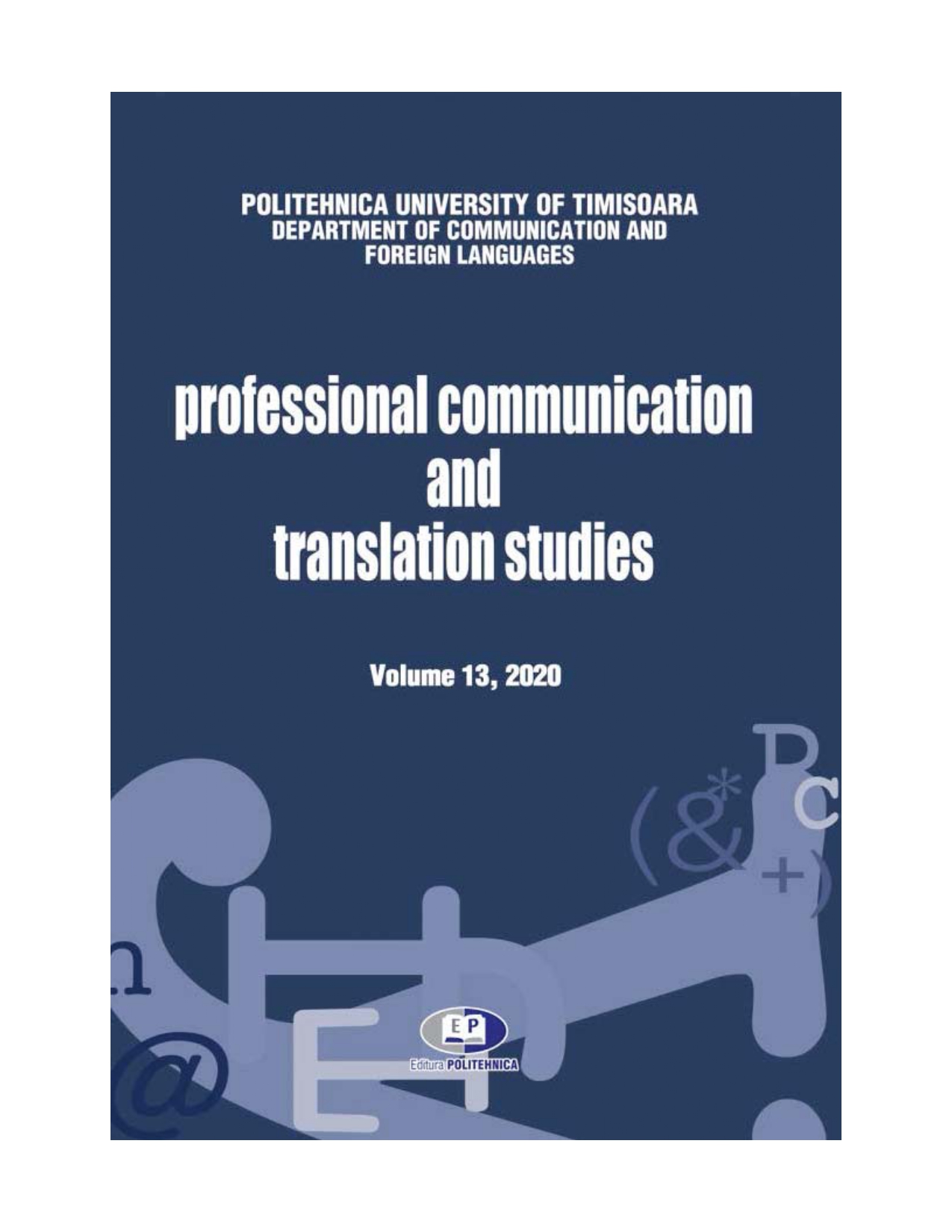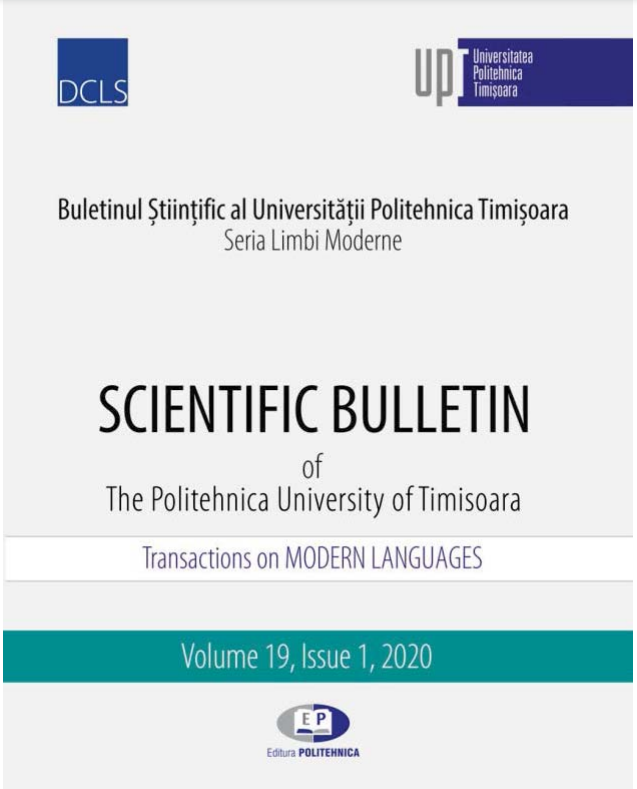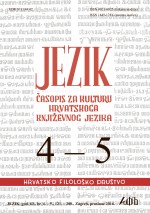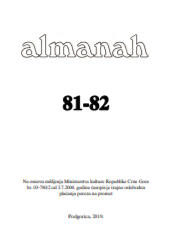
Život i običaji ljudi plavsko-gusinjskog kraja u anegdotama
Anegdote pripadaju duhu bilo kog vremena, podneblja i mentaliteta. Originalne su, teme savremene, likovi iz sredine, oivičene mentalitetom našeg naroda, bliske čitaocu. Osim mentalita predstavljaju kolektivno, svjesno, nesvjesno, sistem vrijednosti, vremenske prilike-neprilike, pravdu-nepravdu, patnju, bijedu... Izvorima komike, satire, ismijavanja neke negativne pojave i neljudskog, pravednog i nepravednog i karakterizacije pridodat je jasan i jedar narodni jezik sa primjesama dijalektizama, arhaizama, orijentalizama, kao osnove duhovnosti čovjeka, koji ulazi u svakodnevni život svih nas. Poruke su jasne, psihološki uvjerljive, moralno osobene. Stoga, u njima ima dosta hiperbole, ironije, alegorije i metafore. Smijeh je često oštar, zajedljiv, gorak, jedak; isticanjem negativnog afirmiše se pozitivno. Ipak, to slikanje je s mjerom i ukusom, bez iole pakosti i mržnje. Ljudi su prikazani na realističan način, zato su one i uvjerljivije i sočnije. Često u njima ima surovostii i bezdušnosti; nejaki, slabi, nesugurni i komični su postupci aktera, te njihov govor. U njima se oličavaju ljudi, njihovo ponašanje, visprenost, mane. Nerijetko se govori jasno, a misli se na drugo, takozvani alegoričan način ispoljavanja. Draž je veća u otkrivanju, prepoznavanju, u identifikaciji predstavljenog sa doživljajem. Kroz smijeh je ovim ljudima karakter vjerno odslikan u njima, njihovom ponašanju koja se određuju kao karijerizam, problemi, nedaće, rješive i nerješive situacije u kojima bi se nalazili.
More...
